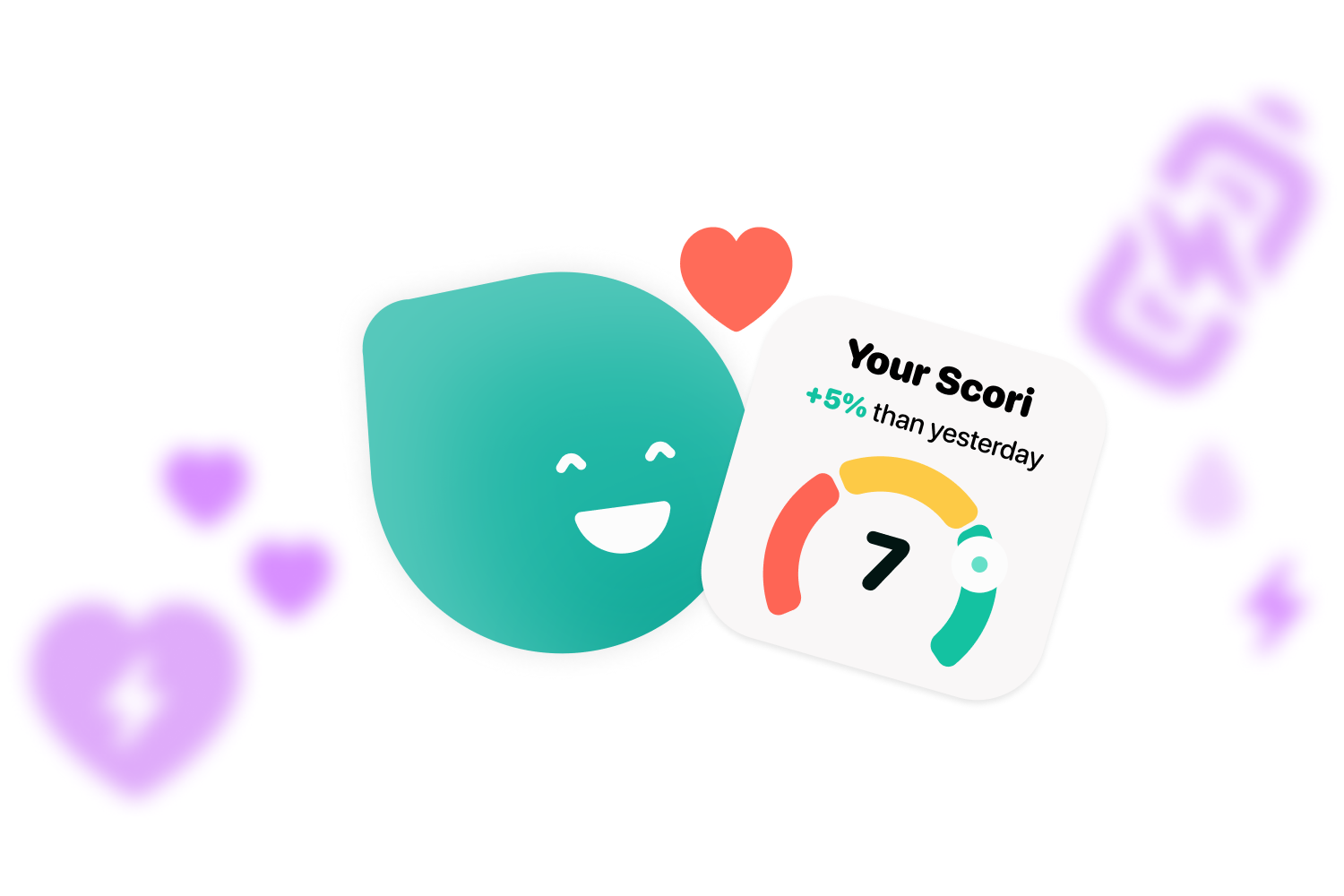If you have just been diagnosed with diabetes, feel lost and don’t know how to organize your meals, this article is for you.
Food is one of the biggest worries of people who have just made their debut. Something that seems easy turns into something complicated. Suddenly you have to consider a lot of things: glycemic indexes, how each food affects your blood sugar, if you will have highs or lows, if you have eaten too much or too little… If you have all this mess in your head and you are confused, don’t worry! We are going to give you 3 tips to help you know what to take into account when eating with diabetes.
What should I eat with diabetes?

This is the million dollar question. Absolutely everything! Diabetes doesn’t stop you from eating any type of food. You’ll just have to take special care to know how they affect your blood sugar.
A diet for a person with diabetes is pretty much the same as for someone who does not have this condition. You should eat all kinds of foods. Fruits, vegetables, carbohydrates, fiber… The secret is to know how to maintain a balance between meals.
The Plate Theory: essential for healthy eating with diabetes

Talking about maintaining a balance, it is appropriate to mention the plate theory. You may be wondering what this is. Well, the plate theory is one of the keys to following a healthy balanced diet. It is a very simple visual guide that allows us to see on a plate what proportions we need to eat of each item.
We have been consuming more and more food in the last few years, and not because we need it! People have been getting used to eat more food than necessary. And the consequences are obvious. Overweight, health problems or even type 2 diabetes.
This is where the plate theory comes in. Youhave to imagine a flat plate split in half. One of those halfs should have veggies whichever ones you prefer and are best for you. The other half, imagine you split it in half again. One of those pieces should have protein. Meat, fish, eggs… You can alternate. The other quarter is for carbohydrates.
If you follow this proportions in each of your meals you will have the perfect quantity of each food for a healthy meal. Don’t forget to add water and a little fruit!
In this practice you can include food items that are good for your blood glucose levels. For example:
- Pulses: They have a lot of fiber and protein.
- Nuts: They help to maintain weight because they make you feel satiated.
- Quinoa: Although it has a lot of carbohydrates, its glycemic index is very low because it has a lot of fiber.
- Fruit: It is always better whole than in juice. This way it has less sugar.
Just as there are some recommended foods, there are other ones that are better to avoid when eating with diabetes:
- Refined flours: They have a big impact on your blood glucose at one time. It is better to choose whole-grain flours.
- Dairy products: Milk, butter or cheese are high-fat foods. Choose low-fat or fat-free options instead.
- Foods with a lot of sugars: Although it may seem like obvious, it’s not. People with diabetes can eat sugar. But industrial products such as candy or sweets have too much added sugar and a low GI. They can make blood glucose levels rise. So it is better to avoid them directly.
The glycemic index always counts

Eating a balanced diet is very important. But, for eating with diabetes, it is essential to keep in mind one metric: the glycemic index (GI). This indicator measures from 0 to 100 how long it takes the body to transform carbohydrates into sugar. The higher the number, the faster they are absorbed.
You might wonder why you need to keep this in mind, right? With diabetes your blood sugar always has to come first. You need to know if the food you are going to eat will take a long or short time to show up in your blood sugar. If all your foods are low GI, you will have low blood sugar because they take a long time to convert to sugar. And if you eat a lot of high GI foods, you will have high blood sugar all at once.
If you want to know more about this topic you can take a look at the article about glycemic index on the blog.
Eat 5 meals a day

When we were little we all did this for sure. Our parents made us eat breakfast, midday snack, lunch, afternoon snack and dinner. If you want to eat right with diabetes, you’ll have to go back to that. Do you know the benefits of eating five times a day?
- It allows you to control your blood glucose better: Eating every three to four hours will help you to calculate your meals better and to avoid having so many variations in your glycemia.
- Avoids binge eating: Eating all at once makes it harder for the body to digest. Also, when we spend many hours without eating, the sensation of hunger is much stronger. So, we eat more than we need.
- Helps to keep the metabolism active: Eating with diabetes five times a day makes the metabolism work and accelerate. What does it do? Prevents you from gaining weight.
- Makes it easier to lose weight: Because your metabolism works faster, you burn more calories and lose fat.
Remember that these recommendations must go with a proper diabetes control. Measuring your glucose regularly will help you know how each food affects your body. For this Cori can give you a hand. Thanks to its reports you will be able to see how your blood glucose is varying and how it is gradually settling down. Would you like to try it?

Become a diabadass!
Join our weekly newsletter and learn
all the tips and tricks.
People with diabetes are especially vulnerable to the dangers of colds and the flu, but there are things you can do to control your symptoms and avoid getting sick in the first place. You may maintain your health even when you’re feeling under the weather by constantly monitoring your blood sugar levels, staying hydrated, getting enough of rest, and adhering to your diabetes management plan. Additionally, you may lower your risk of getting sick and safeguard yourself from any problems by maintaining proper cleanliness, being vaccinated, and generally maintaining good health. Make sure to discuss any worries you may have with your healthcare team for advice and support if you have diabetes and are worried about managing colds and the flu.
If you liked this article about eating with diabetes follow us on our social media, Instagram, Twitter, Facebook or LinkedIn. Don’t forget to keep an eye on the blog.




